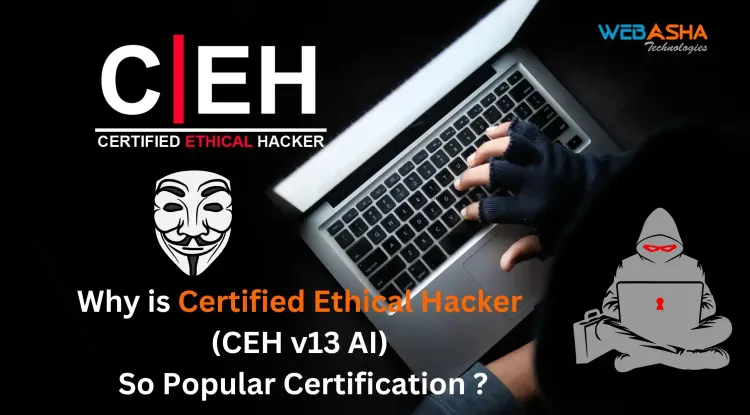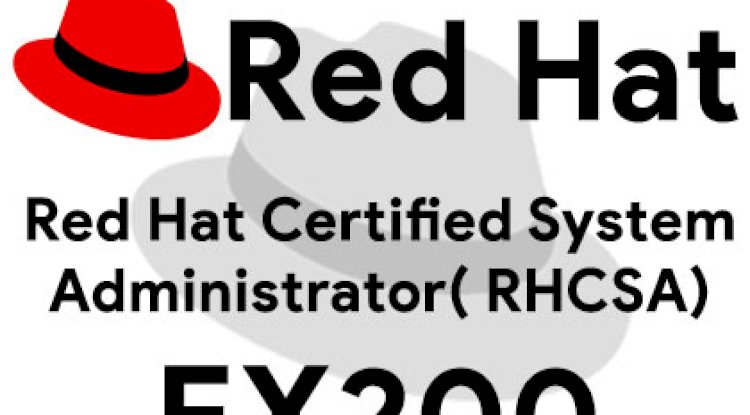Top 7 Cybersecurity Tips Every Digital Creator Must Follow to Protect Their Content, Identity, and Online Reputation in 2025
In the digital age, content creators face unique cybersecurity threats, including content theft, impersonation, password leaks, and copyright violations. This blog shares seven powerful cybersecurity tips for digital creators that are easy to follow yet highly effective. From using strong, unique passwords and 2FA, to tracking content misuse, centralizing content storage, and responding to copyright infringements, these actionable steps help digital creators safeguard their online presence, intellectual property, and audience trust. Whether you’re on YouTube, TikTok, Instagram, or content subscription platforms, these cybersecurity best practices will keep your content protected and your brand secure in 2025 and beyond.
Introduction
In today’s digital world, cybersecurity is more important than ever—especially for digital creators. Whether you’re building a brand on social media, managing a YouTube channel, or running a subscription-based platform, your content is your business. Unfortunately, cyberattacks, data breaches, and content theft are all very real threats that can disrupt your work, damage your reputation, and hurt your income.
The good news? You don’t need to be a cybersecurity expert to protect yourself. With a few smart practices and tools, you can take control of your digital safety and focus on doing what you love: creating.
1. Use Strong, Unique Passwords and Enable 2FA on Every Platform
This might sound basic, but it’s the foundation of your online safety. Weak passwords and password reuse are two of the biggest risks facing creators today.
-
Use a password manager to create and store strong, random passwords.
-
Never use the same password across multiple accounts.
-
Enable two-factor authentication (2FA) wherever possible—this adds an extra layer of protection even if your password is compromised.
-
Update passwords every 3–4 months.
These steps can drastically reduce the risk of unauthorized access to your accounts.
2. Protect Your Brand Identity from Impersonation
Impersonation attacks are common in the digital creator space. Scammers may copy your profile, steal your photos, or even reach out to your followers pretending to be you.
-
Regularly search for your name or handle on major platforms.
-
Report and block impersonators immediately.
-
Apply for account verification on platforms that offer it (Instagram, YouTube, TikTok, etc.). That blue checkmark isn’t just about vanity—it helps your audience know the account is really you.
3. Limit Access to Your Content Tools and Platforms
Sharing passwords with collaborators can open the door to security risks. Instead of handing over login info, use secure collaboration tools.
A tool like OnlyMonster.ai offers:
-
Strict permission controls—decide who can access what.
-
A secure Media Hub for storing and organizing content.
-
Built-in analytics to track performance without giving up account access.
Always know who has access to your content—and why.
4. Use Centralized, Encrypted Content Storage
Scattered content files across multiple devices and drives can make you more vulnerable. The best approach is to use a centralized and encrypted storage solution.
-
Use services like Google Drive, Dropbox, or iCloud, which offer:
-
End-to-end encryption
-
Access controls
-
Version tracking
-
-
Back up your content regularly to avoid losing data due to hacking, device failure, or accidental deletion.
This improves security and helps streamline your creative process.
5. Watermark or Fingerprint High-Value Content
To protect your unreleased or premium content, it’s a smart idea to watermark or digitally fingerprint it.
-
Use subtle visual watermarks for photos and videos.
-
Tools like Digimarc and Copytrack can embed invisible data in your content to trace leaks.
-
Always share content over secure channels and avoid public links unless necessary.
If your content does get leaked, watermarks can help trace it and prove ownership.
6. Track Content Usage with Analytics and Smart Links
Publishing content isn’t the end of the process—you also need to know how it’s being shared or possibly misused.
-
Use UTM-tagged links in bios, swipe-ups, or collaborations.
-
Tools like Bitly or Linktree provide click data so you can see what’s working—and what isn’t.
-
Regularly monitor engagement stats across platforms.
-
Some services allow alerts when your content is uploaded elsewhere.
Tracking can help you spot unauthorized use and take quick action.
7. Be Prepared for Copyright Violations and Content Theft
No matter how careful you are, someone might steal your content. Being prepared is key.
-
Always save original drafts, timestamps, and metadata.
-
Know where and when your content was first published.
-
Learn how to file a DMCA takedown request—most platforms have an easy process for this.
-
Use tools like Google Lens or InVID to reverse-search stolen images or videos.
Quick response can stop a bad situation from getting worse and shows others you take content protection seriously.
Conclusion
Being a digital creator is exciting, but it comes with new responsibilities—especially when it comes to protecting your content, brand, and audience. From strong passwords to centralized storage, and watermarking to DMCA takedowns, these seven steps can drastically reduce your risk of cyber threats.
You don’t need to be a tech expert to stay safe. Just stay alert, use the right tools, and build good habits.
Cybersecurity isn’t just about preventing loss—it’s about protecting the creativity and hard work that fuels your success.
FAQs:
What is the biggest cybersecurity risk for digital creators?
The most common risk is account hacking through phishing, reused passwords, or weak login security. Hackers can steal content, impersonate you, or delete important data.
Why should I use different passwords for each of my accounts?
Using unique passwords for every platform prevents one stolen password from giving hackers access to all your accounts.
How does two-factor authentication (2FA) protect me?
2FA adds a second security step like a code on your phone, making it harder for attackers to log into your accounts even if they know your password.
Should I change my passwords regularly?
Yes, changing your passwords every three months helps reduce risk, especially after any suspicious activity or breach.
Are password managers safe to use?
Yes, password managers are built to store passwords securely and help you create strong, random passwords you don’t have to remember.
What should I do if someone is pretending to be me online?
Report the impersonator through the platform’s official tools, notify your followers, and request removal or takedown through customer support.
Why is social media verification important?
Verified accounts build trust with your audience and help prevent fake accounts from impersonating you.
Can I share my login with agencies or managers?
It’s safer to use tools that provide permission-based access rather than sharing your main login credentials.
What tools let me control access without sharing passwords?
Platforms like OnlyMonster.ai allow you to add collaborators securely with different permission levels for content, analytics, and scheduling.
How does OnlyMonster.ai help creators with cybersecurity?
It offers secure team access, content protection features, and analytics without compromising your main account’s login information.
Why is it risky to store content across multiple devices and locations?
Scattered files can lead to confusion and increase the risk of leaks or loss. Centralized storage keeps everything organized and safer.
What are the best cloud storage services for creators?
Google Drive, Dropbox, and iCloud are popular for their strong encryption, easy access, and sharing features.
How does encryption protect my files?
Encryption scrambles your data so only authorized users can access it, protecting content during upload, download, and storage.
Should I watermark my videos and photos?
Yes, watermarks make it harder for people to steal or misuse your content and can help prove ownership in case of disputes.
What are digital watermarks used for?
They identify you as the content owner and help trace the source if your work is reposted or stolen.
Can someone still steal my content even if it’s watermarked?
Yes, but the watermark helps you prove it’s yours and supports DMCA takedown requests or legal claims.
What tools help track where my content is being used?
Use tools like Digimarc, Copytrack, and InVID to find unauthorized use of your content across the internet.
Why should I use tracking links in my bio or posts?
Tracking links show where your audience is coming from and help you detect when your content is used without permission.
How do UTM links help in cybersecurity?
UTM tags let you monitor traffic sources and can alert you if someone is using your content or brand in ways you didn’t approve.
Is it necessary to back up my content regularly?
Yes, having backups ensures you won’t lose important media or projects in case of hacks, accidental deletion, or hardware failure.
How can I monitor fake accounts made in my name?
Search your name regularly on major platforms and ask your audience to report suspicious activity or duplicates.
What happens if someone copies my content exactly?
You can file a DMCA takedown request to remove stolen content from websites, social media, or video platforms.
How do I file a DMCA takedown?
Most platforms have easy online forms. You'll need to prove you’re the original creator and include a link to the stolen content.
What proof should I keep to protect my content ownership?
Save original files, timestamps, drafts, and upload logs. This evidence helps you prove content ownership in legal or copyright claims.
Can stolen content affect my brand reputation?
Yes, if stolen content is altered or used maliciously, it can confuse your audience or damage your brand’s integrity.
Is it safe to send unreleased content over email?
Only if you’re using encrypted email or password-protected links. Public links can be easily shared or leaked.
What kind of analytics should creators track for security?
Monitor where traffic comes from, who clicks your links, and how your content is performing. Look for unusual spikes or duplicate content.
How can I protect content collaborations?
Use contracts, clear agreements, and secure platforms with limited access to ensure everyone involved protects the content.
Do I need legal help if someone steals my work?
In serious cases, yes. A digital copyright lawyer can guide you through filing formal claims or lawsuits if necessary.
How can I stay updated on creator cybersecurity trends?
Follow cybersecurity news, creator communities, and trusted blogs. Staying informed helps you adapt and respond to new threats.



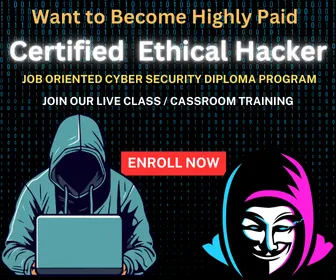






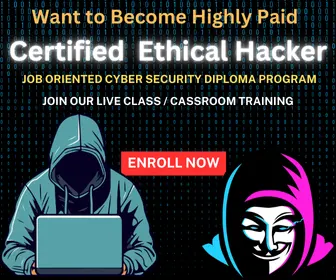
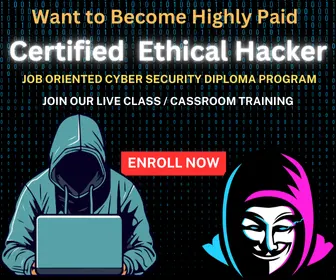

![Top 10 Ethical Hackers in the World [2025]](https://www.webasha.com/blog/uploads/images/202408/image_100x75_66c2f983c207b.webp)

![[2025] Top 100+ VAPT Interview Questions and Answers](https://www.webasha.com/blog/uploads/images/image_100x75_6512b1e4b64f7.jpg)

